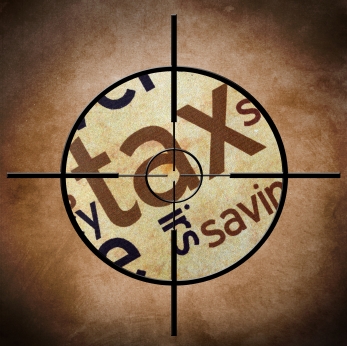 In the aftermath of a 2011 court defeat involving software taxation, California revenue officials appear poised to seek legislative assistance in undoing the court’s ruling and imposing sales and use taxes—retroactively—on a wide variety of computer software programs. California broadly levies taxes on the sale or use of tangible personal property in the state. However, there is a statutory carve out from these taxes for computer software provided to a user under the so-called Technology Transfer Agreements (TTAs). In recognition of the notion that software is intangible property, these taxes apply in the case of a TTA only to the value of any tangible medium, such as a disk or magnetic tape, on which the licensed program may be transferred to the software user.
In the aftermath of a 2011 court defeat involving software taxation, California revenue officials appear poised to seek legislative assistance in undoing the court’s ruling and imposing sales and use taxes—retroactively—on a wide variety of computer software programs. California broadly levies taxes on the sale or use of tangible personal property in the state. However, there is a statutory carve out from these taxes for computer software provided to a user under the so-called Technology Transfer Agreements (TTAs). In recognition of the notion that software is intangible property, these taxes apply in the case of a TTA only to the value of any tangible medium, such as a disk or magnetic tape, on which the licensed program may be transferred to the software user.
The State Board of Equalization (BOE), which administers these taxes, had, by rule, limited the favorable treatment for TTAs to transfers of custom software, not pre-written, or “canned” software programs. In Nortel Networks, Inc. v. Board of Equalization, 191 Cal. App. 4th 1259, 119 Cal. Rptr. 3d 905 (2011), the California Court of Appeals invalidated these rules and awarded the telecommunications equipment maker a multimillion dollar refund.
The California Supreme Court declined to review the decision, leaving taxpayers with a clear victory. But, for two years, the BOE has refused to give up the fight. The agency acknowledged that it is holding back millions of dollars of refund claims filed by other taxpayers. All the while, the BOE appears to be searching for ways to eliminate taxpayer rights to recover or to dramatically reduce the amounts they are entitled to receive:
• It has mounted a collateral challenge—this time against Lucent Technologies, Inc. — in a Los Angeles courtroom in an attempt to re-litigate the Nortel issues. Read More






 On June 27, 2013, the California State Assembly passed AB 93, which eliminates the current Enterprise Zone (EZ) program, replacing it with a new set of incentives, which will be statewide in application. This change requires businesses to take action now to get the most out of existing credits while also preparing to take advantage of the new credits that will be effective January 1, 2014.
On June 27, 2013, the California State Assembly passed AB 93, which eliminates the current Enterprise Zone (EZ) program, replacing it with a new set of incentives, which will be statewide in application. This change requires businesses to take action now to get the most out of existing credits while also preparing to take advantage of the new credits that will be effective January 1, 2014. Every business can benefit from hiring based tax credits. Here is something that you may not know …
Every business can benefit from hiring based tax credits. Here is something that you may not know …





















Recent Comments